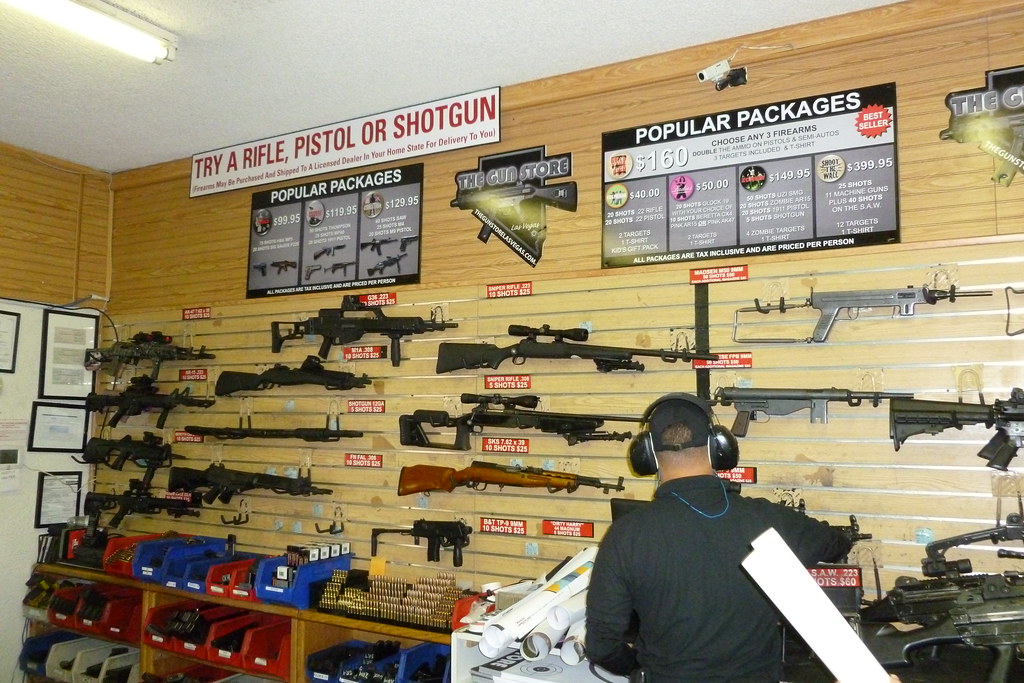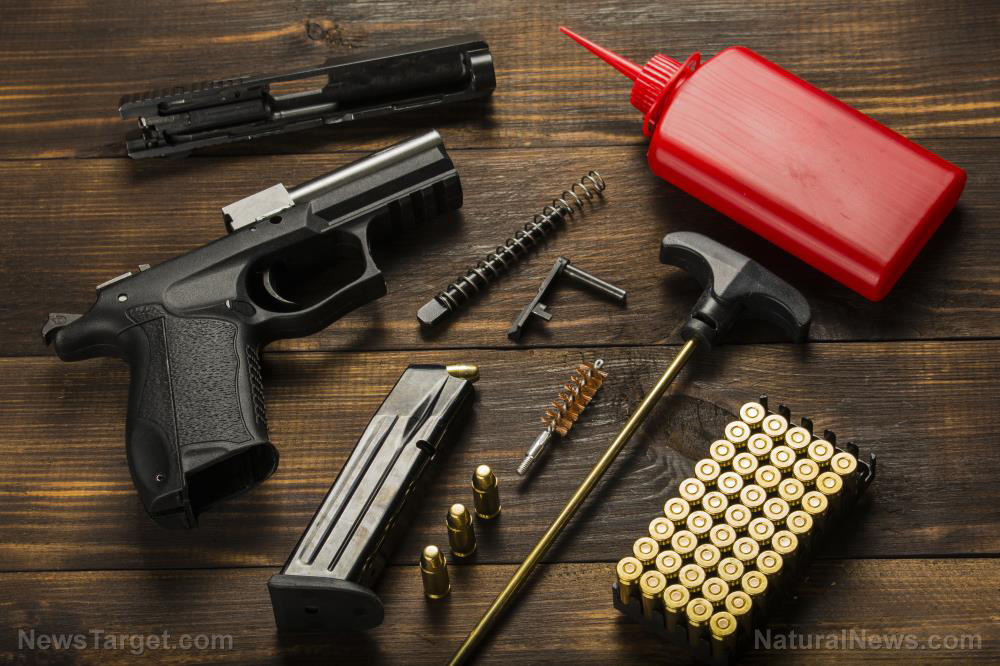Firearms checklist: Survival optics for your weapons
10/16/2020 / By Arsenio Toledo

There is nothing wrong with using regular iron sights on your firearms. However, if you want to enhance your survival experience and increase your chances of successfully dispatching either the game you’re hunting or the threats who are trying to kill you, you need to get your hands on survival optics.
Having a survival optic on your rifle gives you several advantages. With enough practice, they can significantly improve your accuracy. The length of time you need to properly focus on your target will also decrease, which will make it easier for you to deal with multiple targets at once. (Related: DEFEND YOURSELF: PrepWithMike reveals the single best car / truck gun for close-range self-defense.)
Given the benefits listed above, here are several kinds of survival optics that you can acquire. (h/t to Survivopedia.com)
Red dot and holographic sights
Some of the most common optics you can turn to are the red dot sight and the holographic sight. While they are classified as non-magnification sights, they do have advantages over magnification scopes because of how quickly and easily they allow experienced shooters to acquire their targets.
The red dot sight has, as its name suggests, a red dot in the middle of the sight illuminated by a small laser. The holographic sight has a circle-and-dot reticle that is similarly illuminated.
The lack of magnification makes the holographic and red dot sights more suitable for close- and medium-range engagements. However, with enough training and experience, they can also be used to successfully pick out targets beyond 200 yards.
Take note that both the holographic and red dot sights require batteries to use. A simple red dot sight can last for several years of continuous use without the need to switch out batteries. A holographic sight, on the other hand, requires a lot more power and will need its battery replaced more frequently.
Fixed and variable scopes
There are two main types of scopes that you can use: fixed magnification and variable magnification.
As the name suggests, fixed magnification scopes such as the military’s advanced combat optical gunsight (ACOG) are set to magnify a shooter’s sight by a specific amount. You can get a fixed scope that has a magnification level of anywhere from 1.5X to 6X and possibly even more. The United States Marine Corps, for example, uses 4X magnified ACOGs for its rifles.
While the fixed magnification might be seen as a disadvantage, the fact that they’re used by the military should make you think twice before discounting a trusty ACOG sight.
Variable magnification scopes, on the other hand, are regularly used by hunters and by marksmen and snipers in the army. Many lower-powered variable optics can magnify your vision up to four or six times. High-power scopes can go significantly higher than that.
The biggest downsides to using a variable magnification scope are its size and weight. The lightest models you can get will still weigh twice as much as a red dot and holographic sights.
Which optic you use will depend entirely on the specific survival situation that you believe you will find yourself in. If you feel like bugging-in in an urban environment, then a red dot or a holographic sight might be better suited for your needs. If you’re out in a rural area and you want to keep potential enemies far away from you, then grab yourself a fixed or variable magnification scope.
Whichever survival optic you use, make sure to practice with it as much as you need. The best survival optics in the world can only do so much if its user is not experienced in firearms.
Sources include:
Tagged Under: firearms, Gear, gun scope, guns, iron sight, preparedness, prepper, prepping, self-defense, SHTF, survival, survival gear, survival optics, survivalist
RECENT NEWS & ARTICLES
COPYRIGHT © 2018 SELFDEFENSE.NEWS
All content posted on this site is protected under Free Speech. SelfDefense.news is not responsible for content written by contributing authors. The information on this site is provided for educational and entertainment purposes only. It is not intended as a substitute for professional advice of any kind. SelfDefense.news assumes no responsibility for the use or misuse of this material. All trademarks, registered trademarks and service marks mentioned on this site are the property of their respective owners.




















